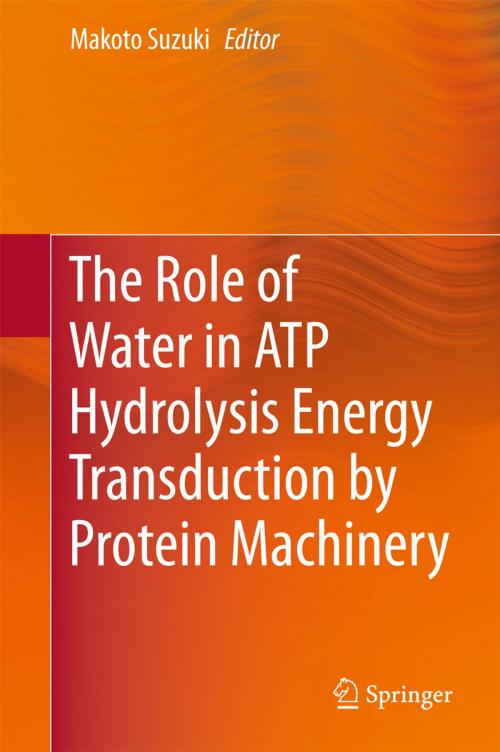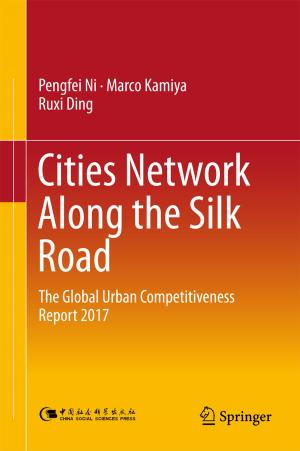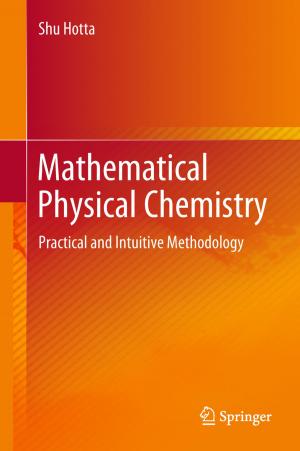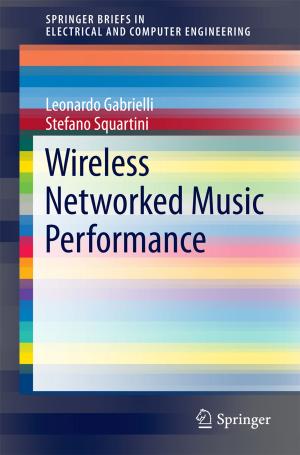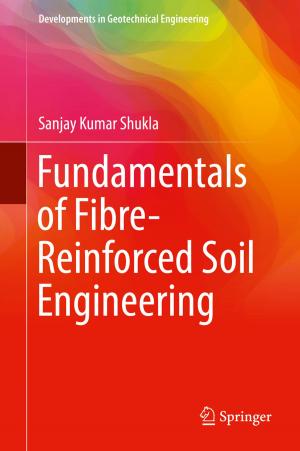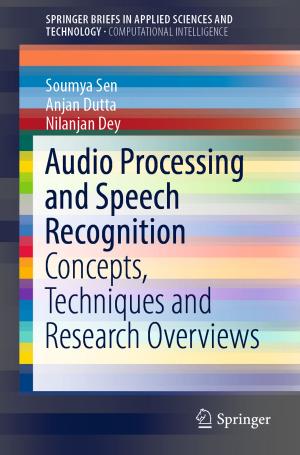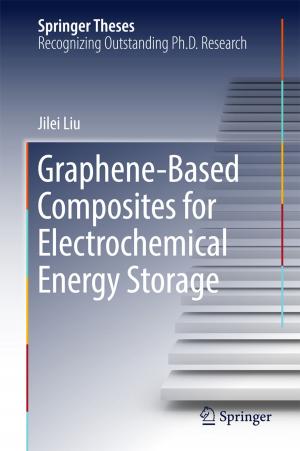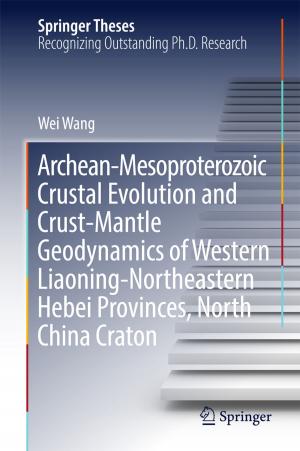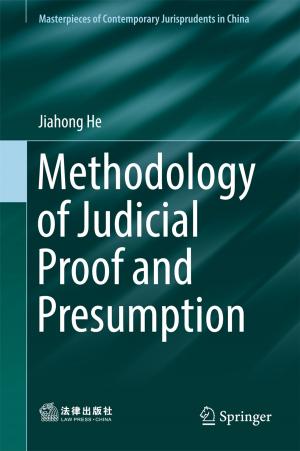The Role of Water in ATP Hydrolysis Energy Transduction by Protein Machinery
Nonfiction, Science & Nature, Science, Chemistry, Physical & Theoretical, Biological Sciences, Biochemistry| Author: | ISBN: | 9789811084591 | |
| Publisher: | Springer Singapore | Publication: | May 7, 2018 |
| Imprint: | Springer | Language: | English |
| Author: | |
| ISBN: | 9789811084591 |
| Publisher: | Springer Singapore |
| Publication: | May 7, 2018 |
| Imprint: | Springer |
| Language: | English |
This book introduces recent progress in biological energetics from ATP hydrolysis to molecular machineries. The role of water is now recognized to be essential in biological molecular energetics. Although energetics is a rather distant field to many biologists, any working models for protein machineries such as protein motors, transporters, and other enzymes must be consistent with their energetics. Therefore, the book is intended to help scientists build systematic models of biomolecular functions based on three categories: (1) ATP hydrolysis reactions including ionic hydration and protonation–deprotonation of biomolecules, (2) protein–ligand/protein–protein interactions including hydration–dehydration processes, and (3) functioning mechanisms of protein machineries based on water functions.
This book introduces recent progress in biological energetics from ATP hydrolysis to molecular machineries. The role of water is now recognized to be essential in biological molecular energetics. Although energetics is a rather distant field to many biologists, any working models for protein machineries such as protein motors, transporters, and other enzymes must be consistent with their energetics. Therefore, the book is intended to help scientists build systematic models of biomolecular functions based on three categories: (1) ATP hydrolysis reactions including ionic hydration and protonation–deprotonation of biomolecules, (2) protein–ligand/protein–protein interactions including hydration–dehydration processes, and (3) functioning mechanisms of protein machineries based on water functions.
